The Climbing Onion, also known as the Zulu Potato or Bowiea Sea Onion, is a fascinating houseplant that belongs to the Asparagaceae family. Despite its name, it is not related to onions or other alliums but is more closely associated with lilies. This unique succulent grows from a large, often exposed bulb and lacks traditional leaves, giving it an unusual, eye-catching appearance.
Native to regions from Uganda to South Africa, the climbing onion thrives as a decorative indoor plant. While it may not be prized for its beauty, its distinct structure and curious growth habit make it a captivating conversation piece for any home. Though intriguing, it is important to note that this plant is not edible.
| Common name | Climbing Onion, Zulu Potato |
| Botanical name | Bowiea volubilis |
| Family | Asparagaceae, Asparagaceae |
| Genus | Bowiea |
| Species | volubilis, volubilis |
| Origin | Uganda to South Africa, Uganda to South Africa |
| Life cycle | Bulb |
| Plant type | Houseplant |
| Hardiness zone | 10 |
| Sunlight | Full Sun |
| Maintenance | Low |
| Soil condition | Sand |
| Drainage | Well-Drained |
| Growth rate | Medium |
| Flowering period | Spring |
| Flower color | Green |
| Leaf color | Insignificant |
| Stem color | Green |
| Garden style | Drought Tolerant Garden |
| Uses | Container |
I. Appearance and Characteristics
Bowiea is a genus of bulbous, perennial, succulent plants which thrive in dry and desert regions of eastern and southern Africa. It is native to a region stretching from Kenya to Cape Province. The genus contains a single species, Bowiea volubilis.
The genus is named after the nineteenth-century British plant collector at Kew, James Bowie.
The plants have many overlapping scales, which form a tight, pale green, spherical bulb that grows to 8 in (20 cm) above the soil, sending up a twining fresh-green branched stem with few linear deciduous leaves. Dormant in winter, when the outer scales and many of the scale tips dry to a paper-like state, the plants burst to growth in late spring or summer, producing one or more very fast-growing stems that need to be supported by a trellis or stake. The stems are covered with many leafless side-branches that may fall off. The small greenish-white flowers appear in spring.
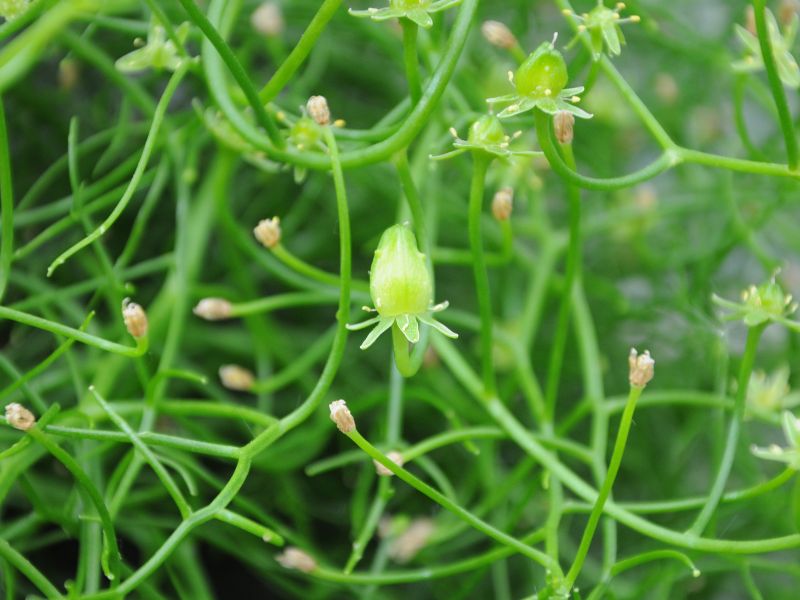
The plants prefer gritty well-drained soil in partial sun to shade. Water regularly during the growing season, and rarely if at all during dormancy. Propagate from seed, divisions, or from individual scales which once removed, will eventually form numerous bulbils.
II. How to Grow and Care
This tender perennial enjoys soil meant especially for succulents, plenty of light, and warm temperatures. Treat it much like an African violet and take care to not overwater–but also don’t let the soil dry out. With good care, this unique plant—also known as Zulu Potato or Climbing Potato—can give you many years of visual interest.
Sunlight
If kept as a houseplant, the Climbing Sea Onion can be moved outside in full, sheltered summer sun where temperatures remain above 50 degrees Fahrenheit.
Temperature and Humidity
Akin to its native South Africa, the plant thrives best in warm temperatures but moderate humidity. If temperatures are too hot, the bulb calluses over and becomes dormant.
Watering
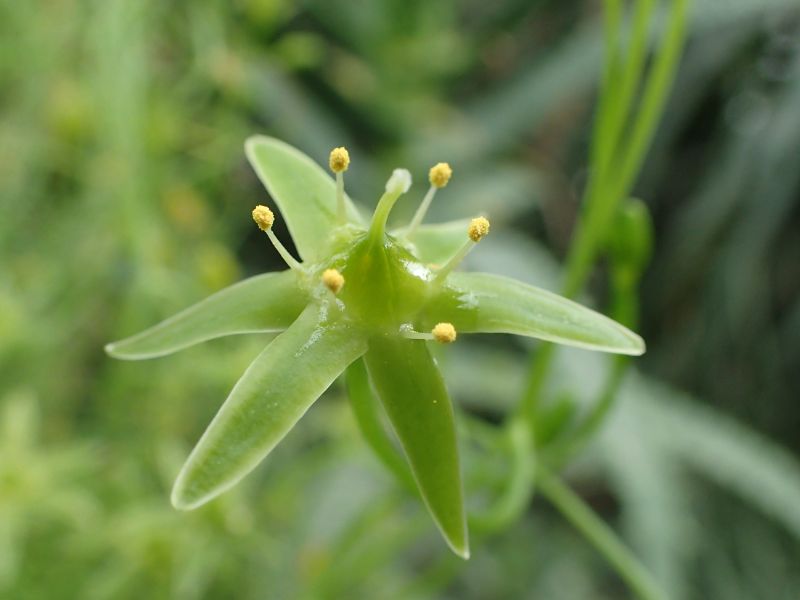
During the growing season, water well but do not overwater. Allow for moderate, consistent moisture but don’t let the soil dry out. Given proper care and conditions, the bulb should re-sprout in the fall. Resume watering as normal.
Soil
Establish in gritty, well-drained soil such as cactus mix, or a mix of half potting soil and half sand.
Fertilizing
The plant does not require fertilizer, as long as the bulb continues to produce well. The bulb stores carbohydrates that allow for continual plant growth.
Pruning
After it stops blooming, the stalks will dry and the plant will go dormant in late summer. Cut off the stems as they brown. If the foliage dries out during the growing season, cut back and let new growth appear.
Propagation
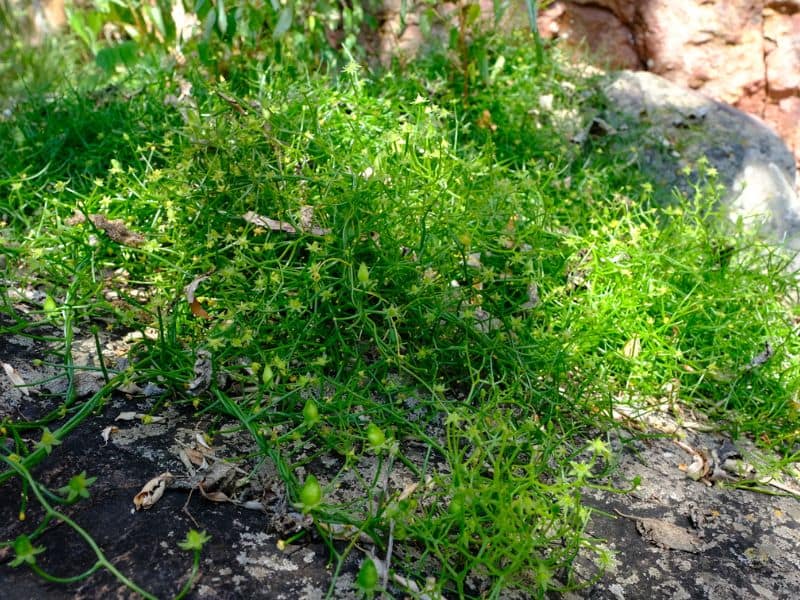
Divide every five years if the soil needs replenishing. Most Climbing Sea Onion plants are propagated clonally, so seed set rarely happens.
The more common means of propagation is to divide and repot smaller bulbs produced by the maturing plant in late summer and fall. Like most bulbs, climbing onion bulbs branch at their base and slowly produce “new daughter bulbs.”
Another means is to cut the thick outer peel of the bulb scale from the mother bulb. Cut into two or three sections. Place on moist potting soil and wrap the container in a plastic bag. This is quite the test of patience. Small pea-sized bulblets may form in three to four months.
How to Grow From Seed
If you propagate or buy seeds, sprinkle them on top of the soil and cover with 1/4 inch of white pumice. Seeds will need warmth, light, and daily waterings to germinate and develop bulbs.
Potting and Repotting
Give this bulbous succulent a pot only slightly larger than the bulb that has drainage holes (too much moisture can cause the bulb to rot). The plant actually prefers to be in a crowded container. Establish the growing vine on a 2-foot-tall trellis. Unlike most vines that twine around structures, Climbing Sea Onion grows upwards and tangles on itself and on other nearby plants or structures. Consider offering it a companion plant that will serve this purpose such as a small shrub.

Overwintering
If grown in the garden in zones 10 or 11, this plant is winter dormant and needs only a good layer of mulch to help protect it from cold snaps. If growing in pots, make sure the temperature never dips below 50 degrees Fahrenheit where the plants are kept as temperatures lower than that can kill them.
Pests and Diseases
Fortunately, climbing sea onion isn’t prone to attracting pests. The only plant disease that could become a serious problem seems to be root rot, a problem that can be solved with adequate drainage and care in watering.
III. Types of Climbing Sea Onion
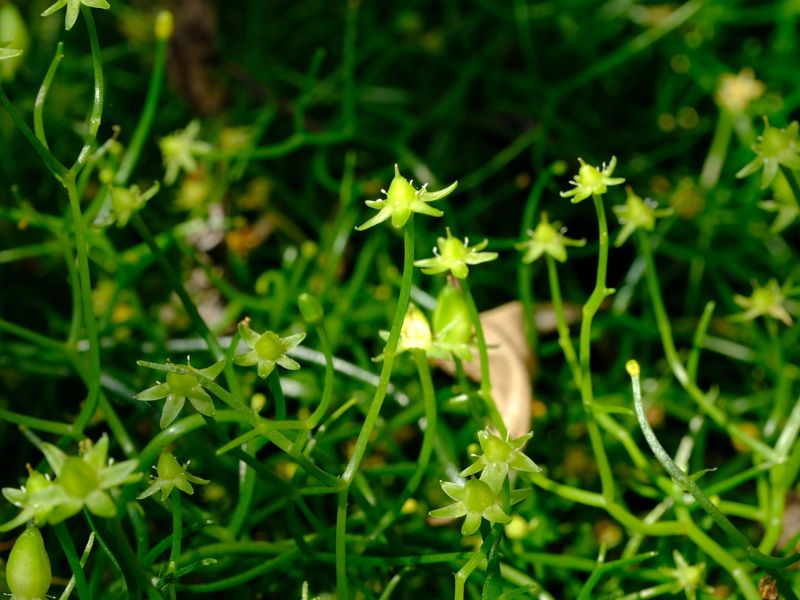
This unique plant hails from Africa and has two subspecies: Bowiea volubilis subsp. gariepensis, which has shorter stems and thicker leaves. It tends to bloom in the fall. The other subspecies, Bowiea volubilis subsp. volubilis, is widely used in Africa for medicinal purposes.
Find Where to Buy the Best Climbing Onion (Bowiea volubilis)

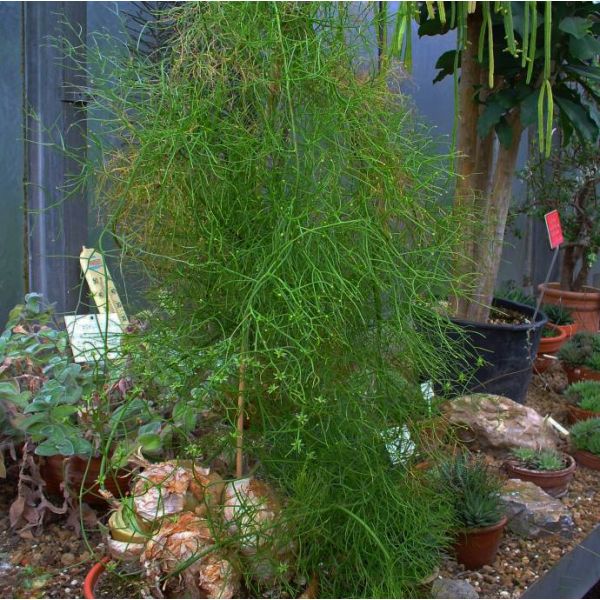

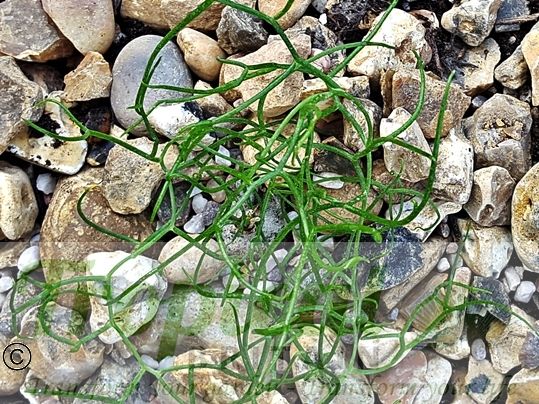






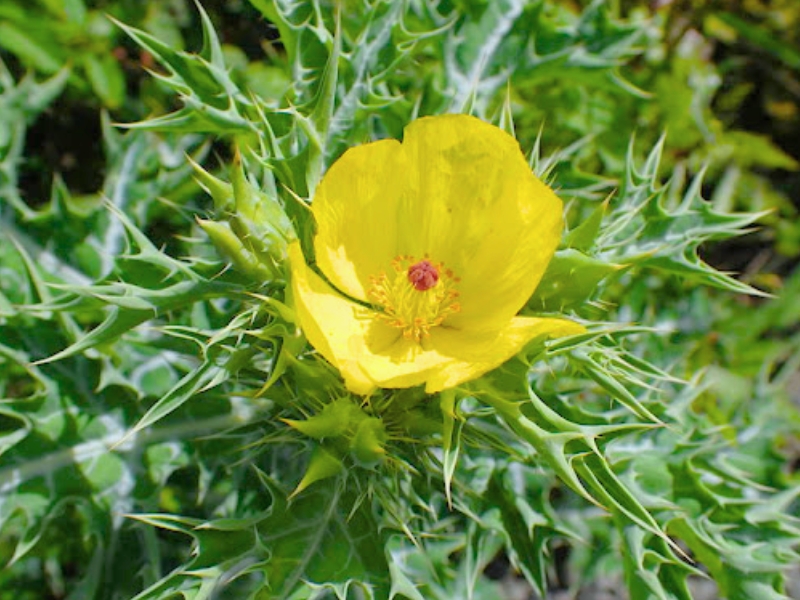
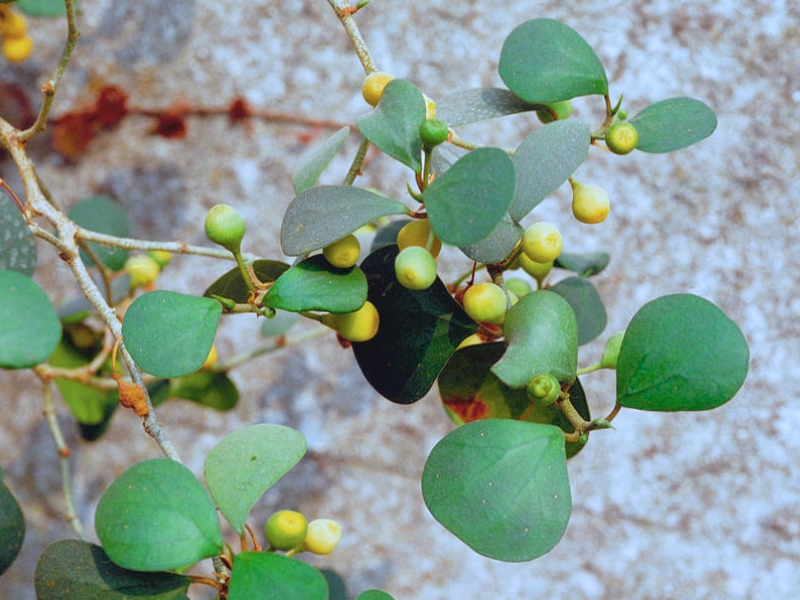
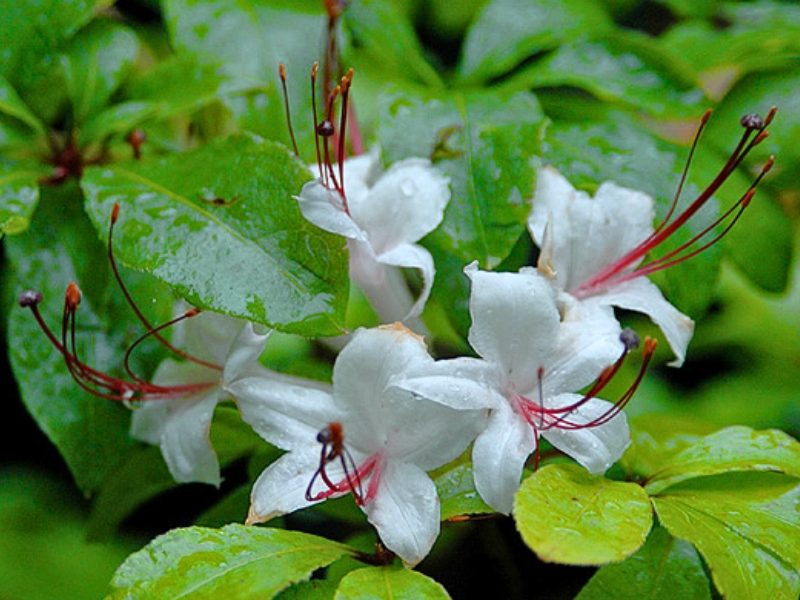
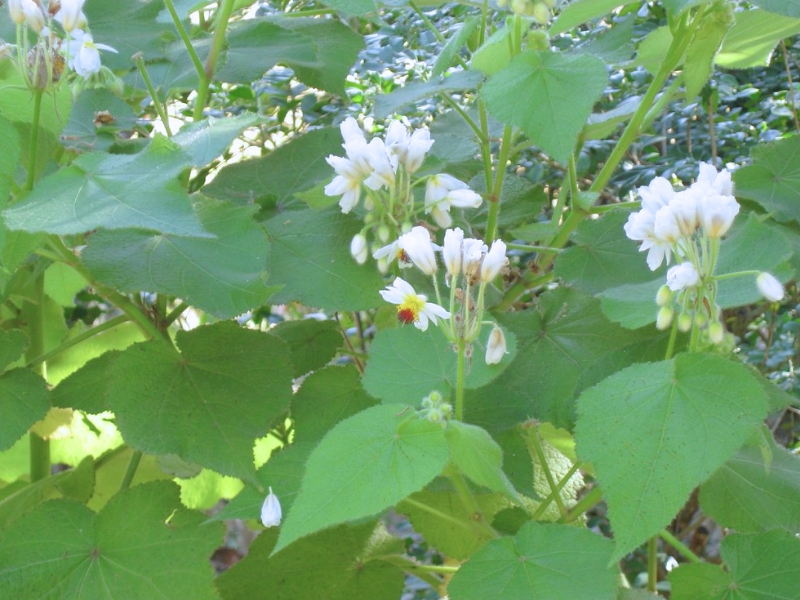
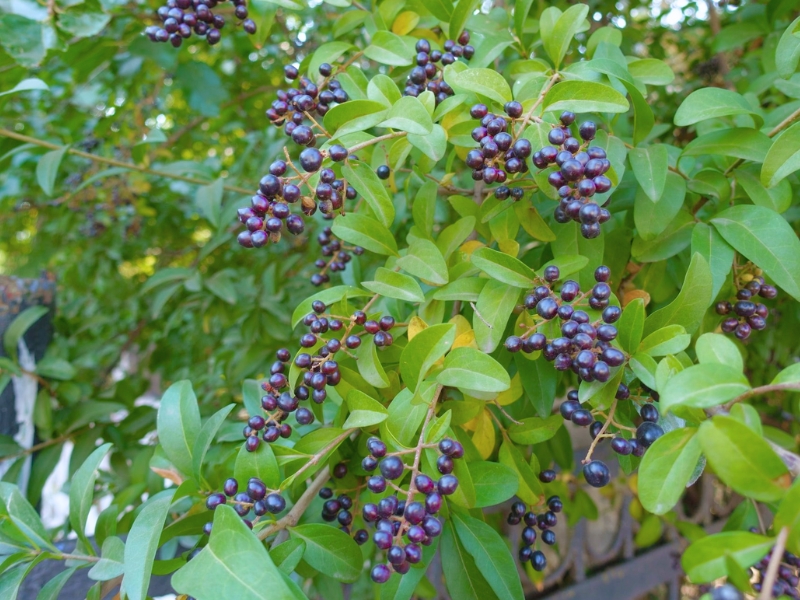
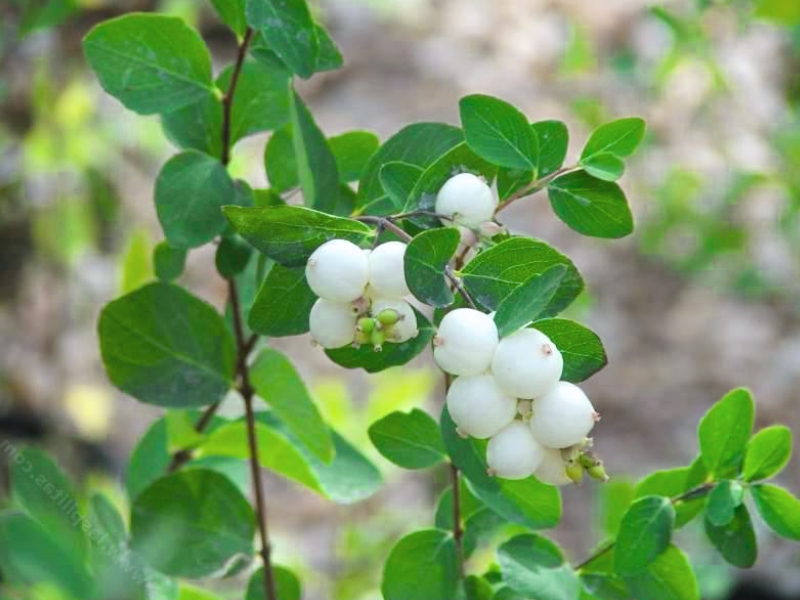
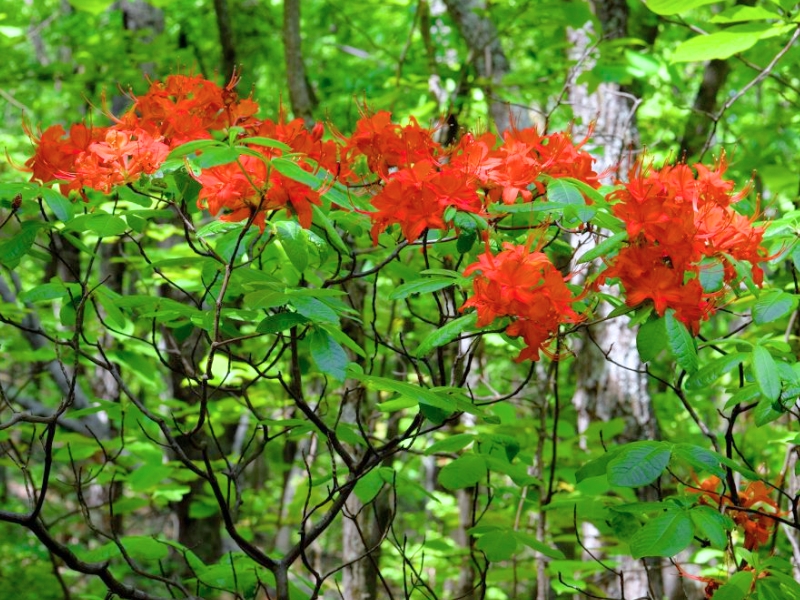
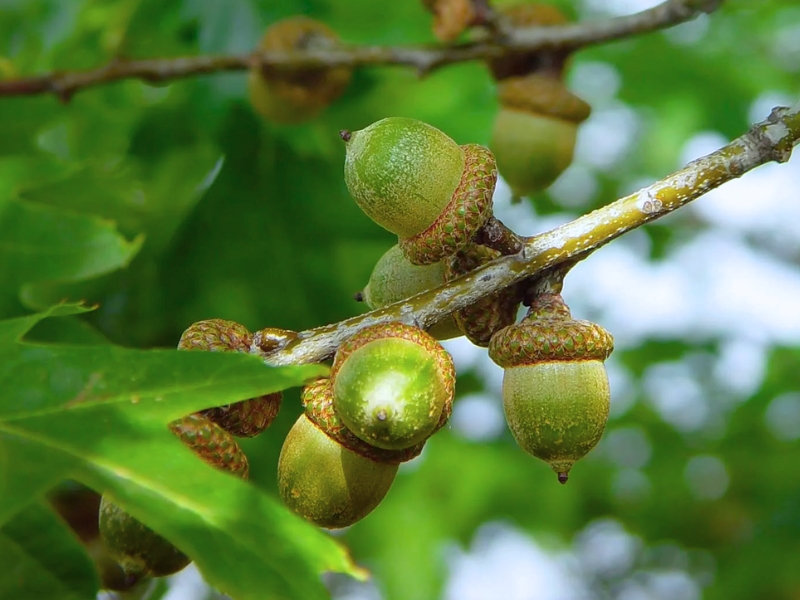
Leave a Reply